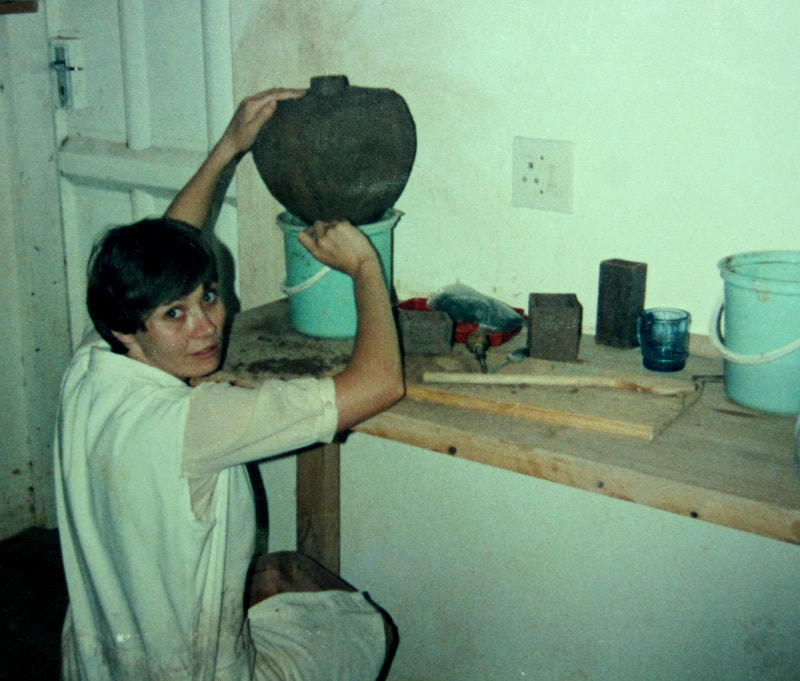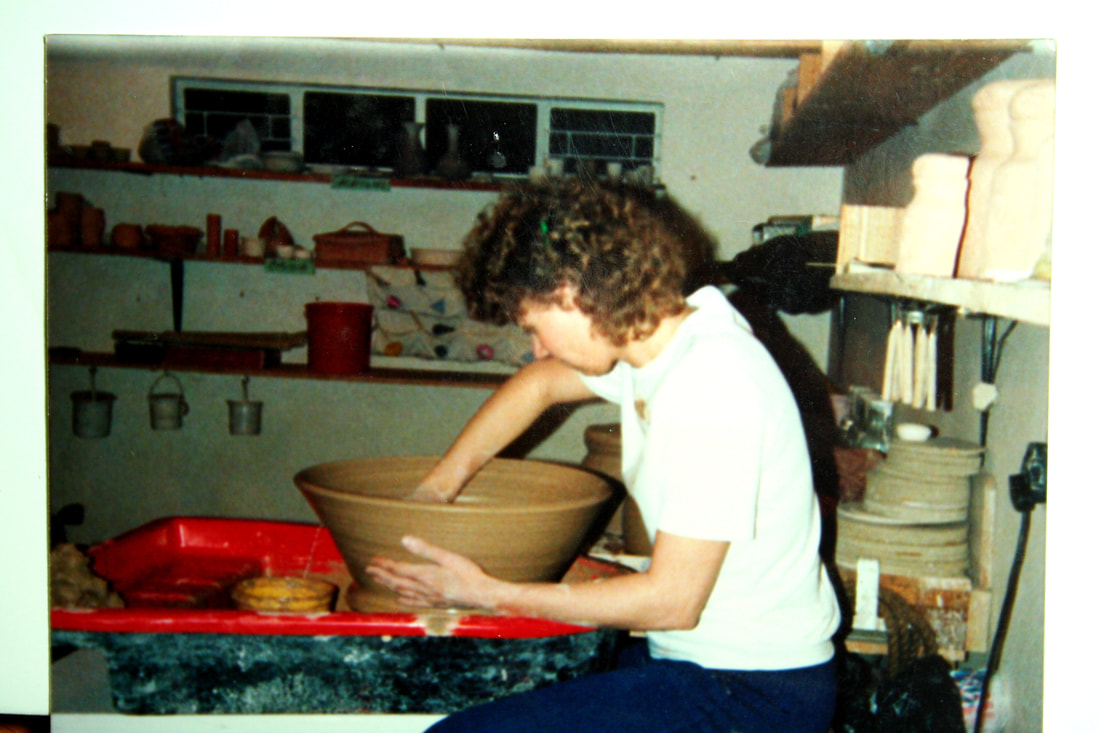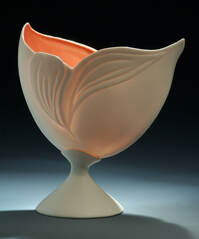|
Malelane was paradise. Our children were young preschoolers; in fact Tinyke was a 9 month old baby when we moved there. Koos was working at the sugar mill, a booming new industry for a region that previously relied on vegetables for their daily bread. I was raised in Namibia, where we only saw flowing rivers when it rained in the Khomas Hochland Mountain, just so that it will run down in a few hours into dry sand beds? So in comparison, Malelane was a true paradise. It was a luxury to see the Crocodile River constantly running. Drought was not uncommon in this region, but the vegetation was lusciously green after the mostly grayish green landscapes where I grew up. Bougainvillea became trees in comparison with the ones growing in Namibia and I never saw bigger banana leaves than the ones that grew in plantations next to the roads. There were crocodiles and hippopotamus in the river and if you watched closely, you could see elephants or buffalo on the other side of the river in the Kruger National Park. Our favorite leisure time was on Sunday afternoons when we took the children to see animals in and around the river. My biggest challenge at the time was to get the papayas off the trees in my garden, before the monkeys get it! A papaya showing the slightest hint of yellow was a monkey’s delicacy and they would grab it and then tease me from a distance while they consume it! It was a beautiful remote little town, where everybody knew each other and helped raise each other’s children, but it was also a place where we had limited enrichment and adult educational opportunities. The result was that the woman of the town took it upon themselves to do exciting and stimulating projects. So it happened that I became the regional potter. My first 3 students were housewives from the community. They had to pay their class fees of R30 (the equivalent of about $1.73 in today’s terms) upfront so that I could buy our first clay. I became the one-eyed king in the land of the blind and I never dreamed that those first pottery lessons would lead to a passion of a lifetime. My pottery career officially took off. Have you ever noticed how potters transfer images on clay, either by scratching through the surface or by painting on the clay surfaces? As a young potter, the marks that I put on my clay had no particular meaning; at least that was what I was thinking at the time. It was just pure joy to cut and carve and smear and pinch and roll the clay, a willing material that forms and shape in whatever direction it was pinched and pushed. When I think back, I recall unfinished bottoms and sloppy pots, often times with underdeveloped forms. We did try to smooth it off, but it took several years, before I got the knowledge to finish my work properly. I learned that clay needed to rest and become ready for the next preparation phase with hard lessons. Even though I could see that there were mistakes, I did not have the knowledge to solve it. Pots were thick and it stayed thick! The local library had a few books about pottery and we utilized them as much we could, but the information was scarce and very unsatisfactory and all the information we got were always about the making process, but never about finishing the final product before it goes in the bisque kiln. During this time we made pots and all kind of objects; from pinching, to coiling to slab built pottery that the clay allowed us to do, never thinking that once we have it fired, it basically would be set in stone, carrying naive finger and cutting marks ; objects that carried the evidence of a small community of potters to be. It took me five months before I had my first kiln. Someone advertised a kiln for R400 (about $23.11 in current terms) in Nelspruit, a neighboring town. It was time for my next lesson and it was here that my husband showed his weight in gold regarding my pottery adventures. The kiln was a flimsy old top loader, with broken elements and only two settings: on and off. With the help of technicians, Koos hand coiled elements and before long we had a kiln going! By then I collected enough class fees to buy our first glazes. Not knowing better, I ordered 12 different one kilogram (2.2 lb.) glazes to dip our pots in. Of cause it did not work too well (our pots were too big to dip and we did not know of any other way, so we poured the glaze. We managed though and before long we had our kiln firing. Our first pots were made and we were very proud of ourselves. As I improved, curiosity sometimes got the best of me and I opened a kiln way too soon, just to end up seeing pots cracking in two right in front of my eyes. Today I know much better; I teach pottery and porcelain workshops. One of these classes is an online workshop in which I teach potters how to improve their glazes, store bought or self made and how to fire a porcelain kiln successfully. It took me years to learn and understand that pottery carried a history that stretched far beyond my imagination. I never realized the importance of clay for anthropological research. If my first studio would have been an archaeological site, they will probably find shards, telling interesting stories of us few women that had so much fun in our garage studio and maybe they would find the first signs of the birth of my passion for clay. It became a lifelong love affair, one that I never would have managed, was it not for my dear husband and his patience with me. (oh he still did not eat his hat as he said he would do if I become a potter!) I mentioned anthropologists. They are very interested in clay objects. Did you know that shards can tell us about ancient technology and human behavior? Since clay is preserved by fire, it carries footprints and cultural evidence that cannot easily be distinguished. I came across this you tube video that explains how they translate images and marks from clay into historical facts: The presenter has a lively way in which he explains the importance of pottery shards to read ancient history. I also found this beautiful website with information about the Ancestral Pueblo cultures found in the regions where Arizona, New Mexico, Utah and Colorado meets, known as “The Four Corner area” It is believed that the Pueblo people descended from nomadic living styles and gathered here some 12 thousand years ago. Their pottery has a significant influence on American pottery; to this day. I was not fortunate enough to learn about clay through generational inheritance, as the ancient people probably did. I did not even know at first that clay is earth and it was a big "aha" moment for me when I realized that clay in a kiln and rocks forming from lava has strong similarities. When I decided I have to start teaching pottery, I never thought that I started on a path in which I created footprints that may have some permanence. Having that knowledge now, puts an obligation on me to make sure that any piece I fire, not just holds beauty in its core, but also an intelligence of good craftsmanship and expressional value to last for millenniums to come. I partook in one of America’s most prestigious shows (American Craft Expo). Was it not that I still have so much to learn, I might have thought that I finally came full circle, but after almost 40 years I can say, I know what I still don’t know…….at least I think I can guess……
2 Comments
Flip laynes
12/5/2022 01:38:53 am
I want to sell kiln for potter
Reply
Leave a Reply. |
Blog
Categories
All
|











 RSS Feed
RSS Feed